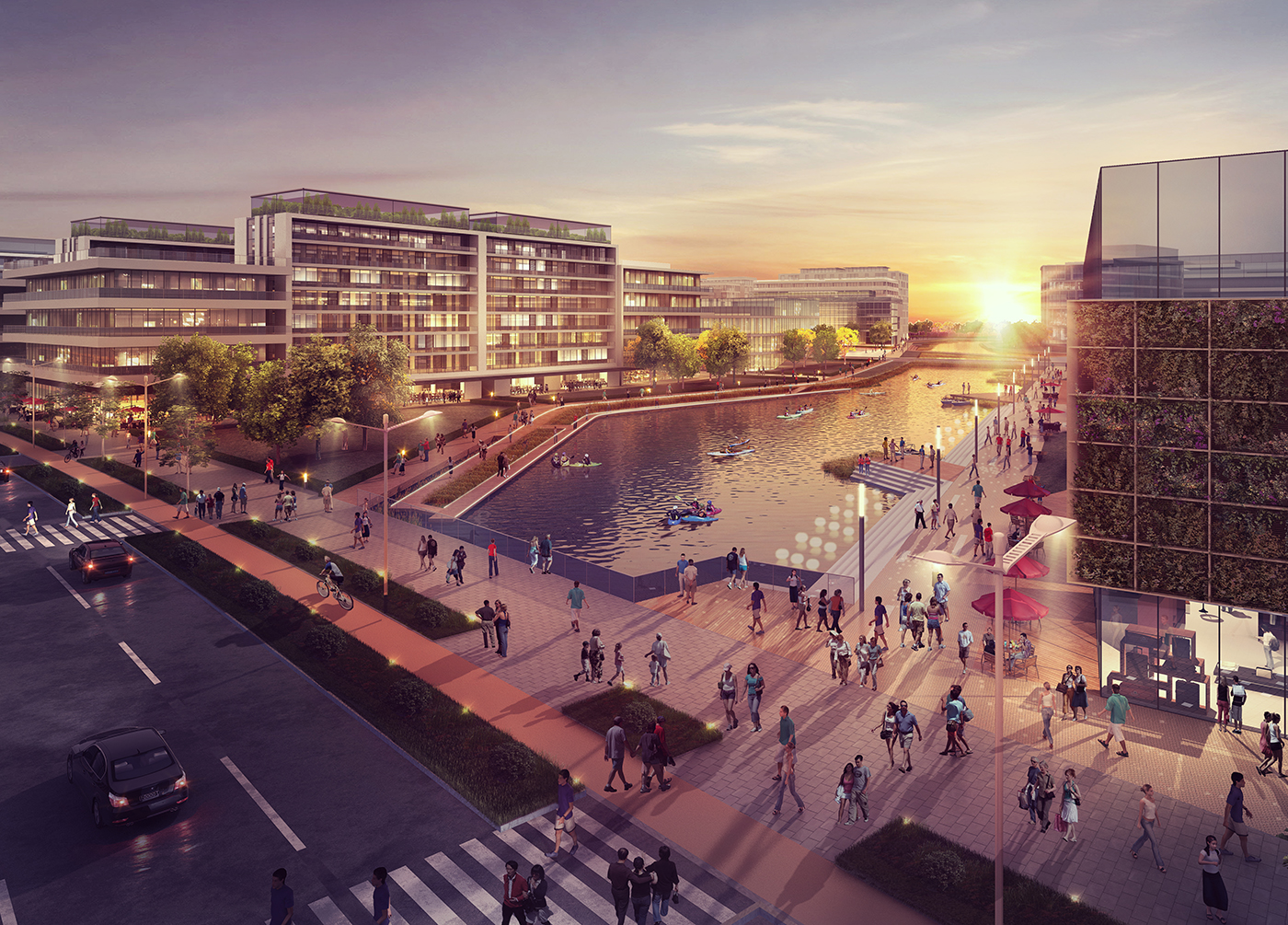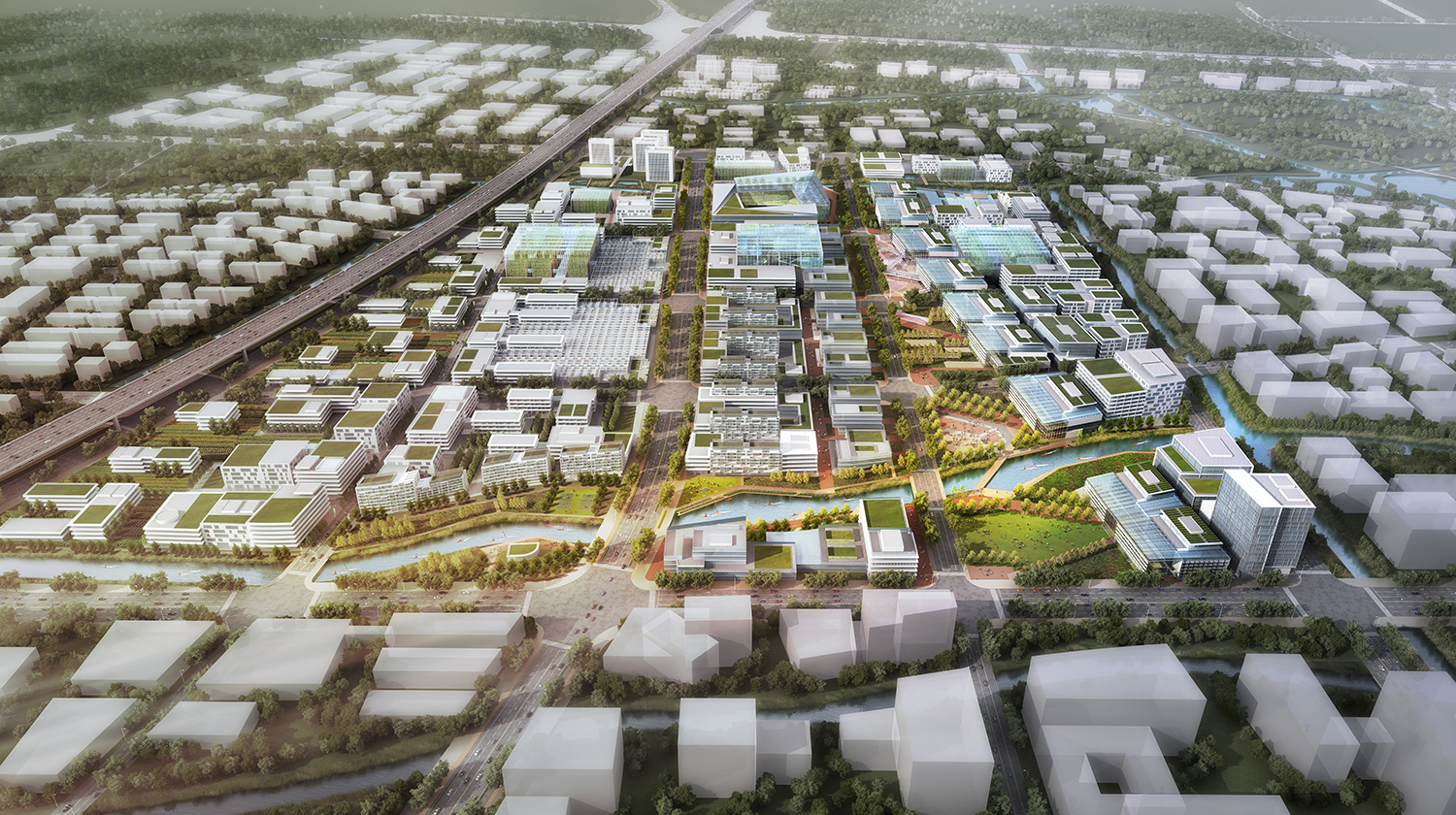Landscape Architects Promoting Pollinator Habitats
Addressing the decline of pollinator species facing a decline that threatens global food production and ecological systems
 Sasaki
Sasaki

We are happy to announce our selection as master planner for Sunqiao Urban Agricultural District in Shanghai. Read on for details of a master plan that will transform the district into a dynamic laboratory for research, innovation, and education.
Shanghai is one of Asia’s most dynamic megacities, and its escalating population is generating unique solutions to provide food for the city. Unlike Western examples of large-scale corporate farms located great distances from cities, small- to medium-scale agriculture dominates Shanghai’s peri-urban landscape. This progressive approach has allowed Shanghai to carefully plan and manage agricultural resources, supplying its population with fresh, locally-harvested food. Like other cities in China, however, Shanghai’s rapid urbanization is threatening this long-established system as brisk development and changes in policy have resulted in a significant loss of agricultural land within city limits.
In recent decades, China’s focus on agricultural protection policies have contributed to significant reductions in poverty and increasing food security. National-level investments in agriculture through modernization and mechanization is also compensating for the overall reduction in arable land. Traditional agriculture, however, faces increasing challenges with respect to water usage, deforestation, waste, and other inefficiencies. Leading with new ideas, Shanghai has made a persistent effort to safeguard food by taking control of local production and distribution, and preserving farmland at the city’s periphery.

Located in Pudong District, midway between Shanghai’s main international airport and the city center, Sunqiao is one of the first comprehensive national agricultural zones in China approved by the central government. After 20 years of successful agricultural production, the city is expanding the role of Sunqiao in its food web, repositioning it as an innovative new district focused on creating forward-looking platforms for advanced agricultural research, start-ups, and exhibition. Sasaki’s master plan for the one square kilometer district focuses on the integration of agricultural production with urban recreation, presenting urban agriculture as a dynamic living laboratory for research and education. The result is a highly interactive experience which merges new paradigms of production with public outreach.

“We were intrigued by the opportunity to juxtapose spaces dedicated to agricultural research with opportunities to showcase food production,” said Ming-Jen Hsueh, ASLA, the project’s lead urban designer. “Sunqiao looks beyond the traditional approach of a research park by exploring new urban typologies that also integrate daily activities and educational events.”

By revealing food production that was historically concealed in greenhouses and providing a robust public realm that merges indoor and outdoor experiences, Sunqiao promotes a new paradigm of urban life, integrating agricultural production with research and civic amenities to create a socially-engaged and playful experience. Michael Grove, ASLA, the principal-in-charge for the project, adds that “Sunqiao not only addresses Shanghai’s increasing demand for locally-sourced food, but also educates generations of urban children about where their food comes from in a very engaging and experiential way.”
Addressing the decline of pollinator species facing a decline that threatens global food production and ecological systems
Part three of a conversation with the leaders of Somerville-based Green City Growers